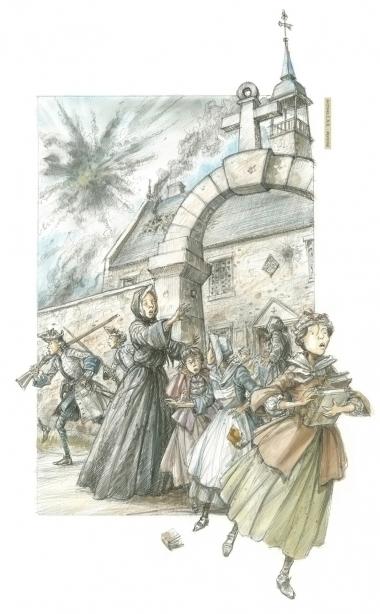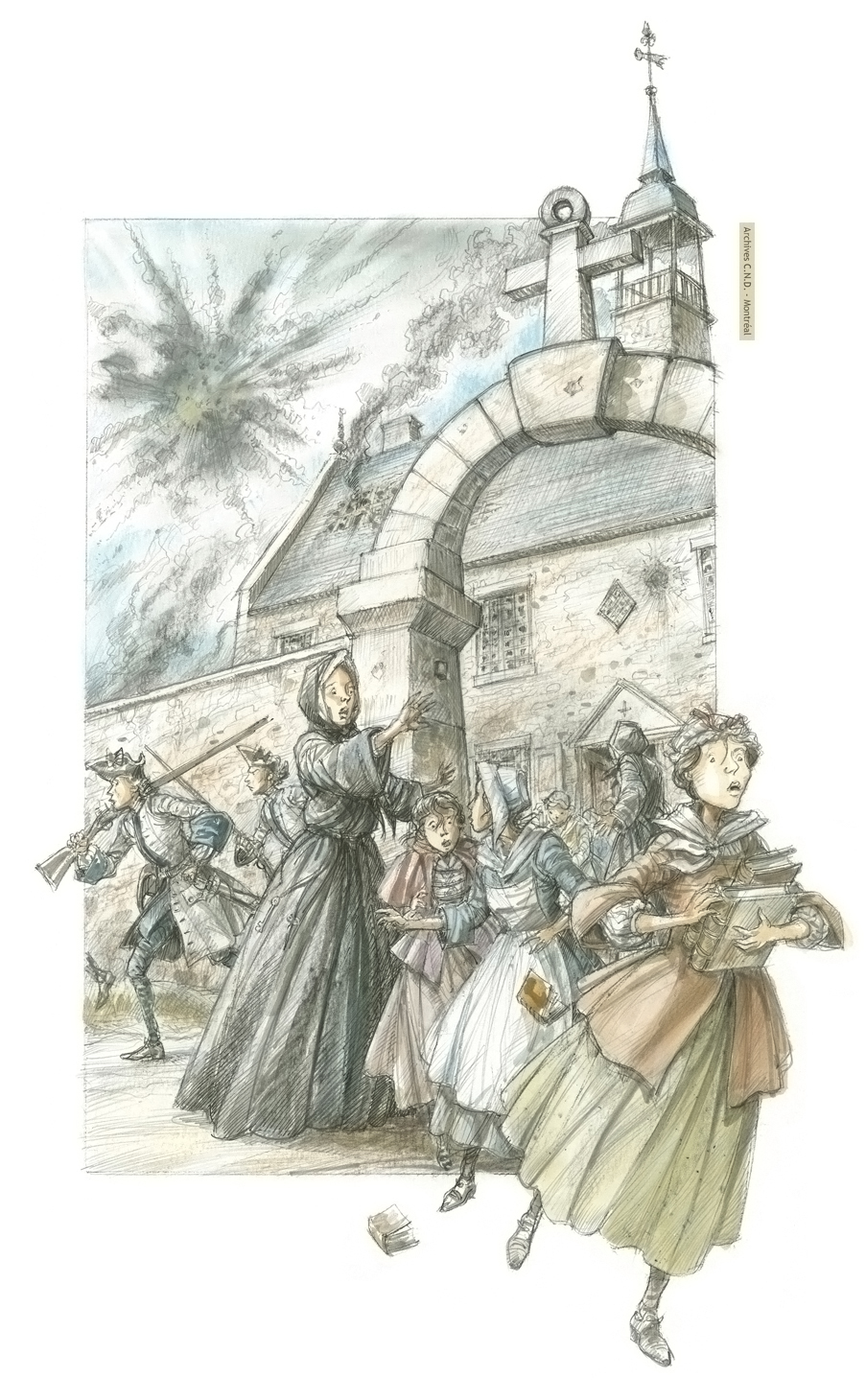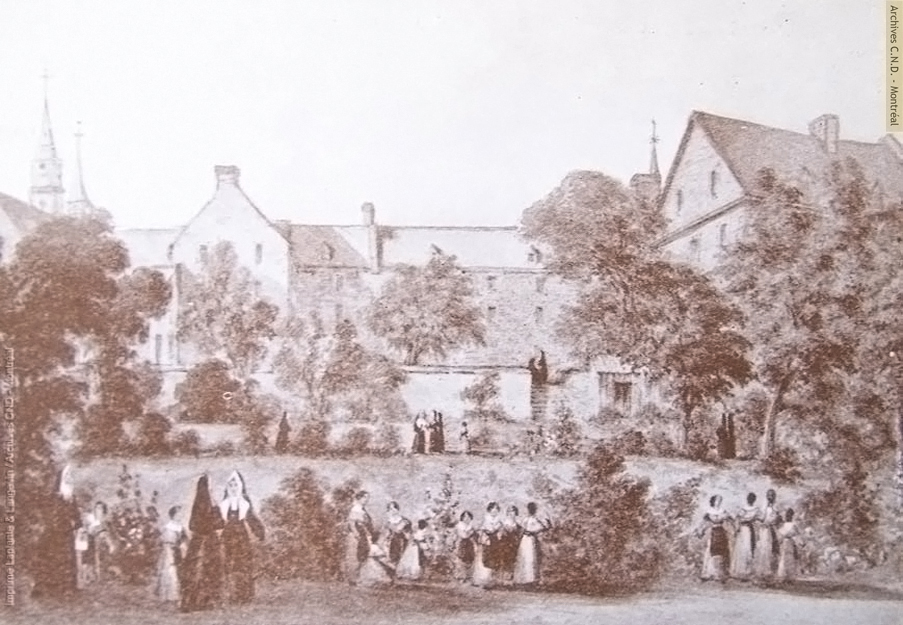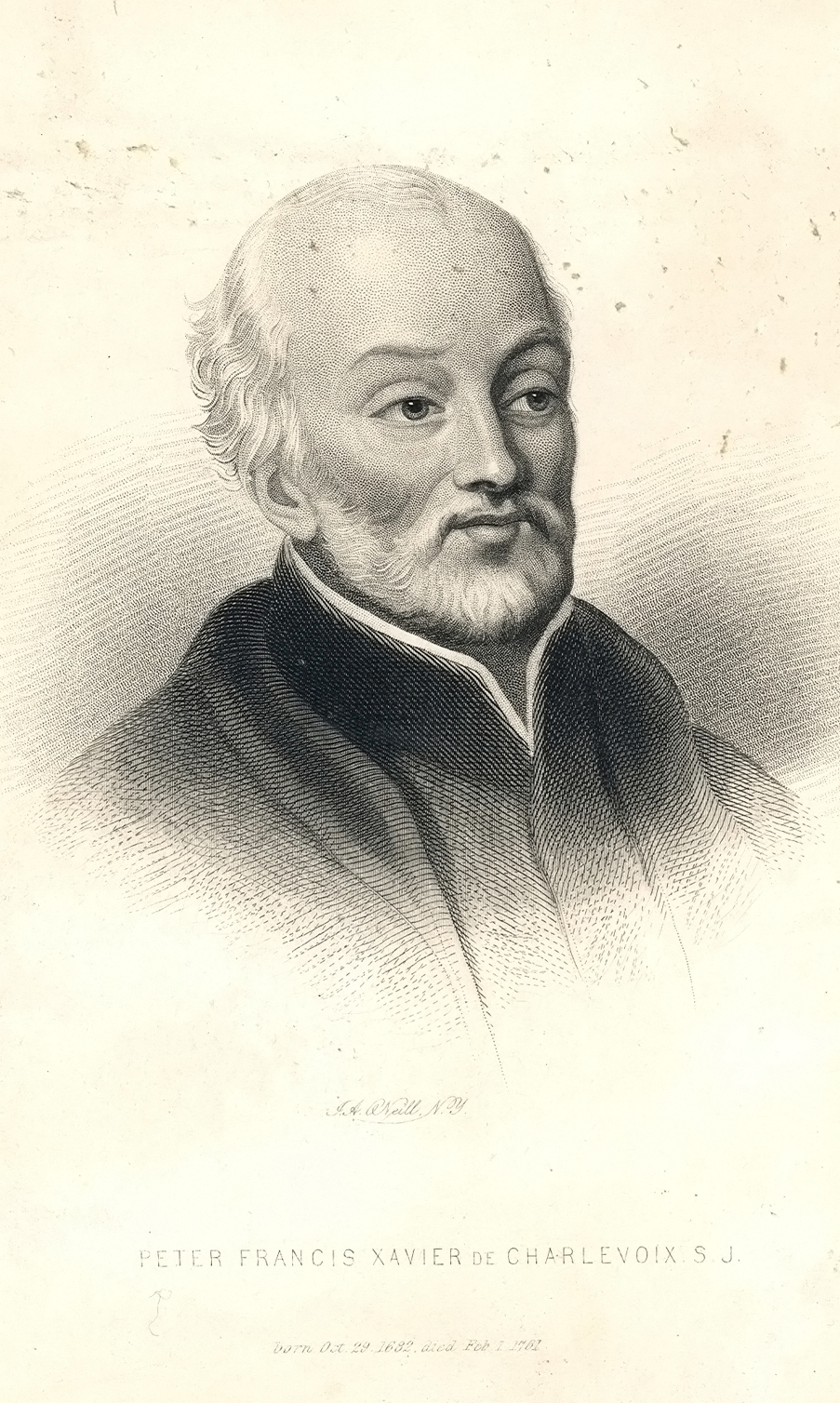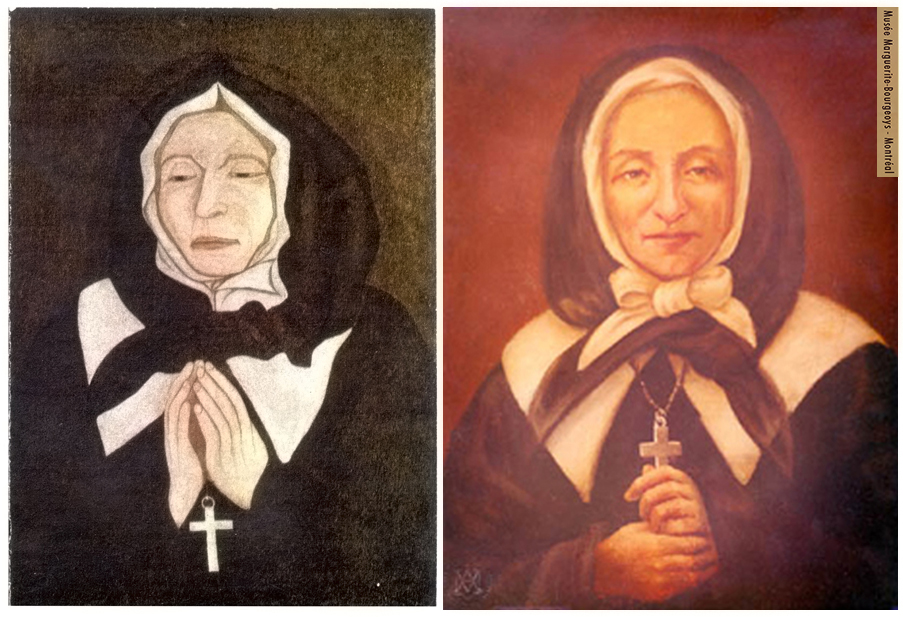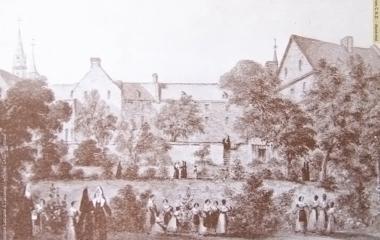The promise of peace with which the 18th century opened did not last long. In 1702, the War of the Spanish Succession once more involved New France in conflict, as the fate of a continent hung on European dynastic and imperial ambitions. Conditions imposed by the Peace of Utrecht that brought the war to an end in 1713-1714 would have serious consequences for the future of the French settlements along the Saint Lawrence: France ceded Acadia, Newfoundland and the northern forts desired by the Hudson’s Bay Company to England. These losses would endanger both communication with the motherland and the development of the furtrade.
There followed, however, about thirty years of relative peace. Though the fur trade was still the main source of wealth, Gilles Hocquart, the Intendant of that time, encouraged the development of ship-building, lumbering, fishing and the manufacture of goods needed in the colony. During these years the population expanded rapidly, from fewer than 19,000 to 50,000 by 1744. Unfortunately for New France, these developments were overshadowed by those in the English colonies. Their population doubled every twenty-five years; the population of New York alone exceeded that of New France. This expanding population felt an urgent need for territory into which it could expand and felt hemmed in by the French claims in the New World. Conflict over the fur trade in the mid-west increased.
By the late 1740s the country was plunging ever more deeply into the hostilities that became part of the Seven Years War. Like their families, their pupils and the rest of their contemporaries, the sisters of the Congregation lived and suffered through a war that changed the destiny of North America. Like them and with them they now faced the uncertainties and adaptations of life under a new regime.


